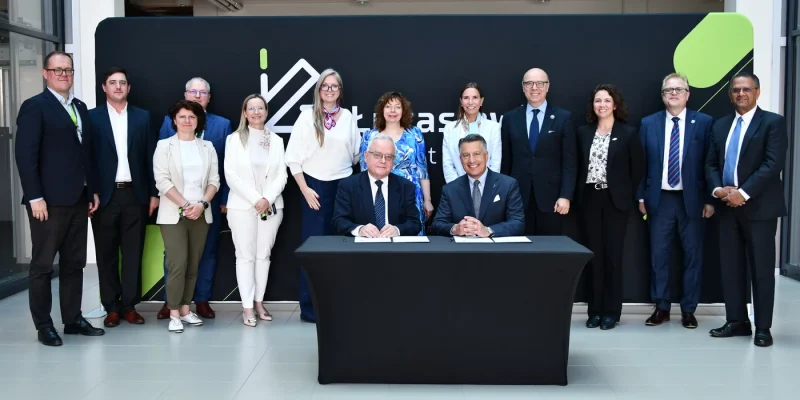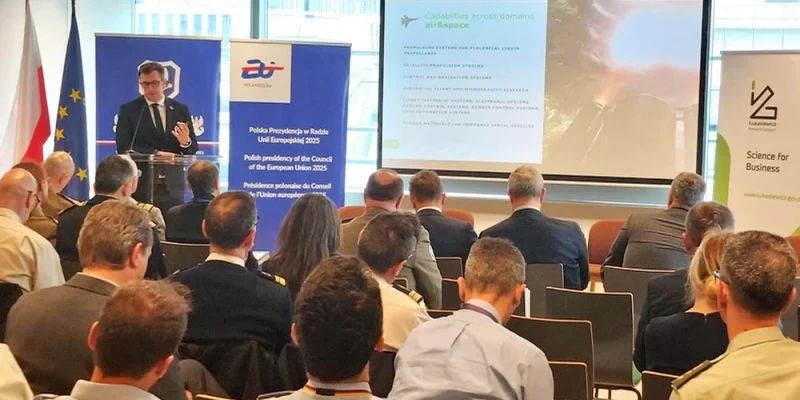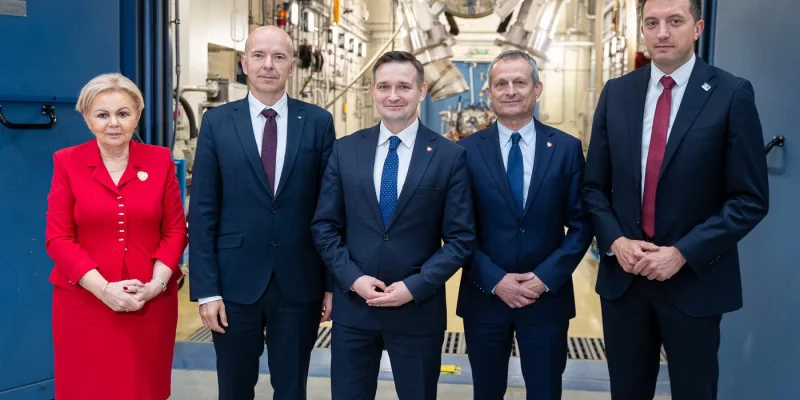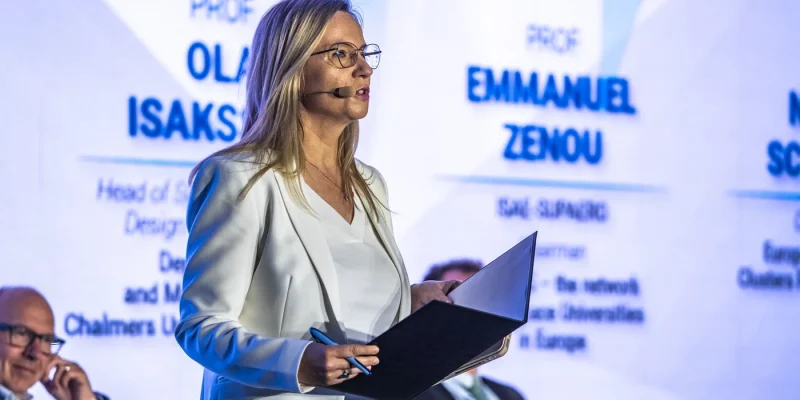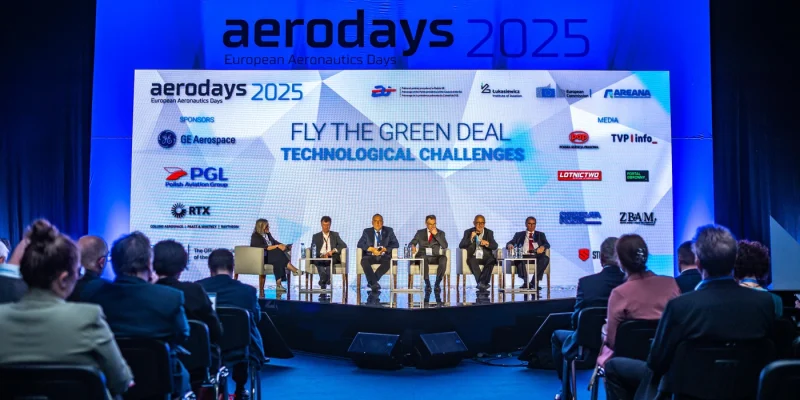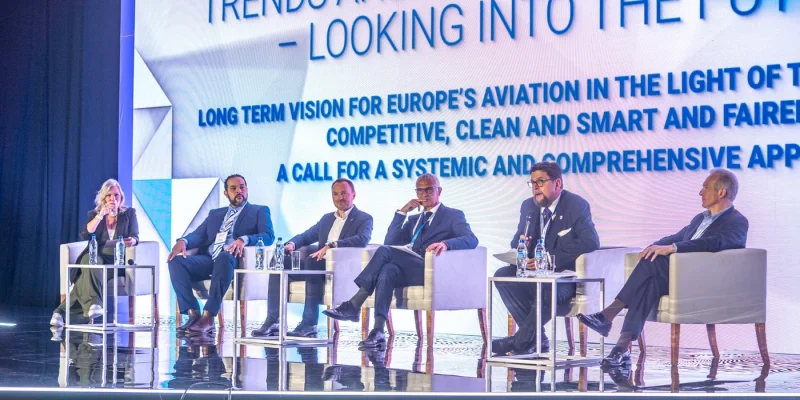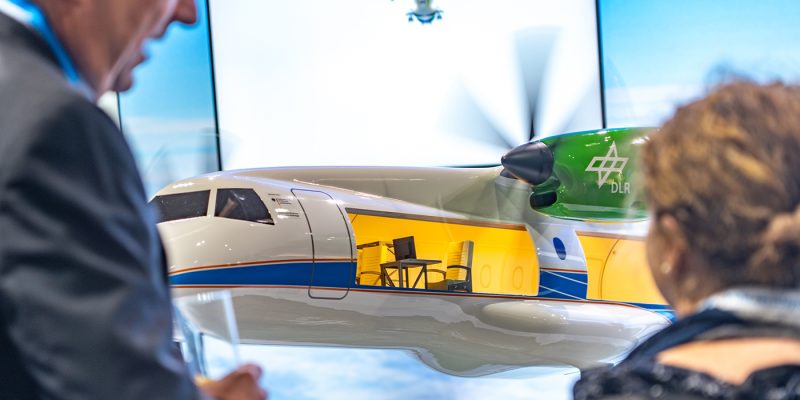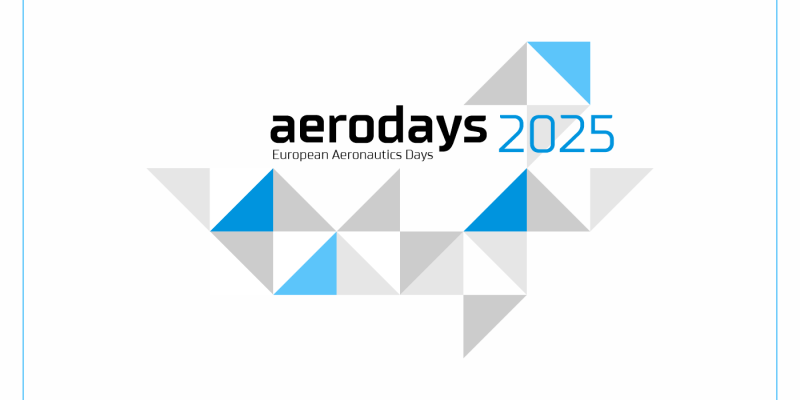On July 3, 2024, the Polish suborbital rocket ILR-33 AMBER 2K was launched from the Norwegian space center Andøya. This first rocket in the world using 98% hydrogen peroxide as an oxidizer, designed and built by a team of engineers from Łukasiewicz – Institute of Aviation, reached an altitude of 101 km. Thus, it crossed the conventional boundary of space. A year after this historic success, Łukasiewicz – Institute of Aviation is commercializing its technologies and taking on further challenges that are to elevate the Polish space sector to a new level.
The date of July 3, 2024 went down in history as Polish achievements in the development of space technologies. On that day, at 1:09 p.m., the Polish suborbital rocket ILR-33 AMBER 2K launched from Andøya Space Sub-Orbital in Norway and reached an altitude of 101 km. This achievement of Polish engineers was met with great recognition by many institutions and public administration. The success of the AMBER program was noticed during the MSPO fair in Kielce, during which the distinction of the Minister of National Defense and the award of the President of the Polish Space Agency were presented. The Institute was also awarded the “Amber of the Polish Economy 2024” prize during the 10th National Economic Summit. The rocket, together with the WR-2 mobile launcher, were also appreciated in the “Innovations for Security and Defense 2025” competition organized by portal-mundurowy.pl under the honorary patronage of the head of the National Security Bureau and the director of the National Center for Research and Development. The historic achievement of the engineers of Łukasiewicz – Institute of Aviation translated into specific implementations, and the result achieved by the rocket became a milestone in the development of the competences of the Institute’s engineers.
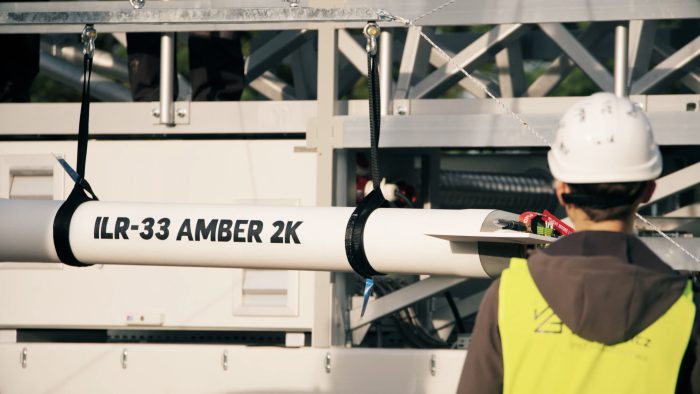
“The goals of the AMBER program were: building teams, competences, processes and models of cooperation in the organization, which will be used during the implementation of larger rocket projects. This is an important step towards being considered as an important partner as a Polish institute in the suborbital area, but also in the orbital area. Łukasiewicz – ILOT already has technologies that can be successfully used in orbital structures. This is proven by the projects we are implementing for the European Space Agency, including the successful demonstration of a unique, globally-scale, controlled-thrust engine.” says Prof. ILOT, Dr. Hab. Eng. Cezary Szczepański, Acting Director of Łukasiewicz – Institute of Aviation.
Transfer of technology to the economy
The AMBER program, which consists of the ILR-33 AMBER 2K suborbital rocket, but also a launcher and ecological drives, has been noticed all over the world. And this has become an impulse to participate in new international projects and consortiums.
“Today we are involved in several projects with commercial applications. We are working on the HYDEF European Defense Fund project, the total budget of which is approximately EUR 110 million. This project will use the technology developed in AMBER. Another example is the SUBCOM project – we have two test campaigns ahead of us on the range with the Thorium Space payload. We are working on further applications of Polish propulsion technologies – both in rocket systems and satellites.”, said Dr. Eng. Adam Okniński, director of the Space Technology Center at Łukasiewicz – Institute of Aviation.
Among the examples mentioned, one cannot forget about rocket engines with thrust from
1 N to 420 N, which were developed at Łukasiewicz – Institute of Aviation within the framework of projects of the National Centre for Research and Development and the European Space Agency. They will be used in satellites, spacecraft and the last stages of rockets. Their unique feature is that they use hydrogen peroxide with a concentration of over 98% as a propellant, which is an ecological solution. The method of obtaining hydrogen peroxide with such a high concentration was developed and patented by the Institute and was also successfully used for the AMBER 2K rocket.
The advantages of this technology were noticed by the French company MaiaSpace, which concluded an agreement with the Institute and the company Thaliana Space to develop and deliver innovative engines for liquid propellants for the kick stage of the orbital MaiaSpace rocket – the first in Europe whose first stage will be recovered after a vertical landing on a sea barge.
The Institute is responsible for developing the flight version of the engine and conducting hot tests to ensure that it meets the rigorous safety, performance and environmental protection requirements set by the space sector. Engine qualification tests will be conducted in vacuum conditions at the Institute’s newest investment site – the Rocket and Satellite Propulsion Laboratory Centre.
Space Technology Ecosystem
As the example of hydrogen peroxide shows, the ILR-33 AMBER 2K rocket is an entire ecosystem of solutions and technologies that are constantly being improved. An example is the autonomous, mobile WR-2 launcher, designed and constructed independently by the Institute’s engineering teams.
“Our team, which was responsible for the operational operation of the launcher, based on experience gained during the implementation of subsequent range missions, is improving the launcher by gradually introducing improvements to it that optimize the operation of both mechanical systems and the control system. Recently, we have modified the control software and the operator panel interface in order to expand the functionality of the system and obtained improved operating parameters in remote control mode. At the same time, we are conducting mechanical work to expand the launcher with a chassis that will allow it to be placed in a transport container. This solution will ensure safe conditions for transport and storage of the launcher,” says Roman Górecki, head of the Test Laboratory at Łukasiewicz – Institute of Aviation.
Development of the suborbital ecosystem in Poland
The historic flight took place, among others, with the financial support of the Polish Space Agency and became an impulse for further joint projects.
“POLSA announced a competition for a test launch of a payload, and our consortium won it. In the near future, we will announce the recruitment for payloads. This is another opportunity for Polish industrial and scientific entities, apart from Sławosz Uznański-Wiśniewski’s flight to the ISS, where we can test payloads in space conditions. Some of the payloads that are already on the ISS were previously discussed with us in terms of rocket flights,” said Michał Pakosz, Head of the Rocket Technology Department at Łukasiewicz – Institute of Aviation. “This is a natural step in the development of Polish engineering competences – we offer a new service on the Polish market, innovative on a European scale thanks to the use of hybrid propulsion,” he added.
Direction to the future
The historic achievement of the engineers from Łukasiewicz – Institute of Aviation resulted in the inclusion of Polish entities in new European projects and programmes, the total value of which over the next few years will amount to over PLN 100 million.
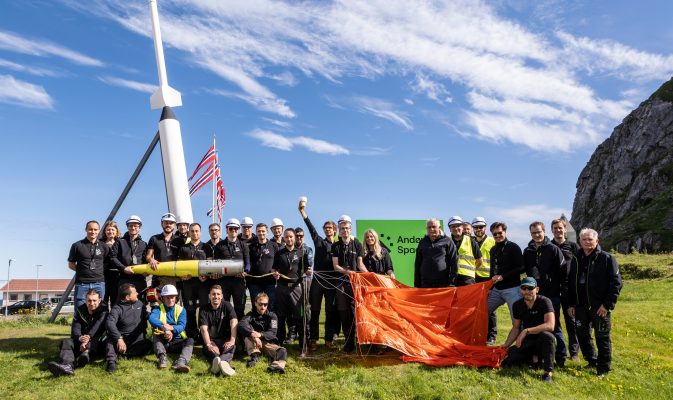
_
The Łukasiewicz Research Network – Institute of Aviation is one of the most modern research facilities in Europe, with traditions dating back to 1926. The Institute closely cooperates with global tycoons of the aviation industry, such as: Boeing, GE, Airbus, Pratt & Whitney, and institutions from the space industry, including the European Space Agency. Strategic research areas of the Institute are aviation, space and unmanned technologies. It also provides research and services for domestic and foreign industries in the field of materials, composite, additive, remote sensing, energy and oil&gas technologies. More: ilot.lukasiewicz.gov.pl/en/
The Łukasiewicz Research Network offers businesses attractive, broad and competitive technological solutions. Łukasiewicz provides a unique “challenge system” powered by a group of 4,500 scientists, who take up a business challenge and present the entrepreneur with potential solutions. At the same time, it provides access to cutting-edge capabilities and unique scientific infrastructure in the country. Most importantly – the entrepreneur does not bear the cost of preparing the conception of the research works. Łukasiewicz conveniently meets the expectations of the business. The entrepreneur can contact Łukasiewicz through an online form on our website https://lukasiewicz.gov.pl/en/business/ but also directly in over 50 locations of Łukasiewicz Institutes and their branches throughout Poland. Each site provides the same, high quality, product or service. Łukasiewicz focused on research areas such as: Health, Smart and Clean Mobility, Digital Transformation and Green and Low-emission Economy.
“In order to fully exploit the business potential and build a strong position for Poland at the European level, it is worth considering including Poland in the Esrange and Andøya Special Project (EASP) agreement. This intergovernmental agreement would give Polish institutes and companies a guaranteed annual access to Scandinavian training grounds, which are characterised by large landing areas and expand the available cargo market. This year, a decision will be made on the amount and purpose of Poland’s contribution to the European Space Agency for the next 3 years. If the rocket area is supported, we will be able to continue to dynamically develop our competences and take Polish space technologies to a higher level,” said Prof. ILOT, Dr. Hab. Eng. Cezary Szczepański, Acting Director of Łukasiewicz – Institute of Aviation.




